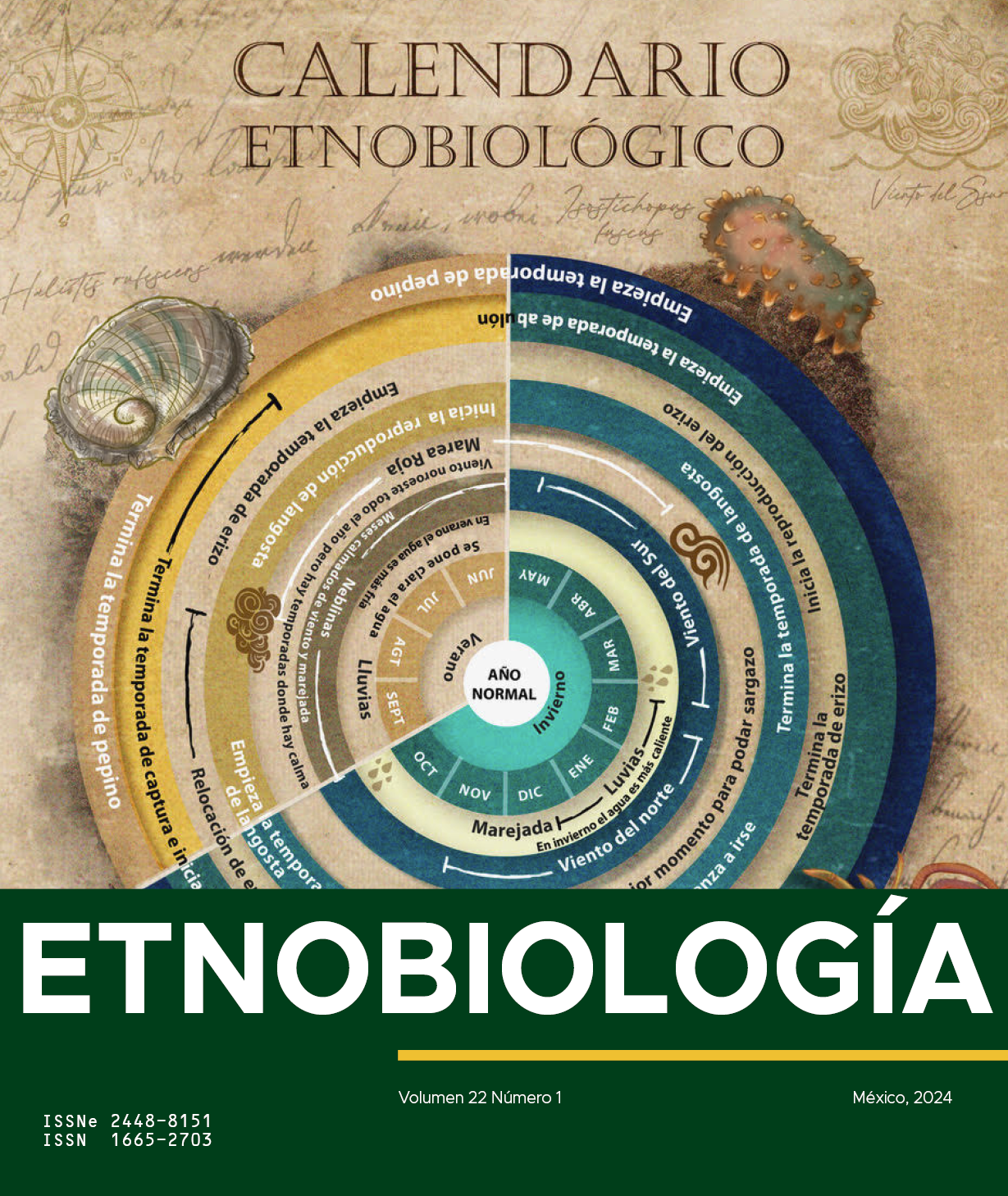BRIEF OVERVIEW OF ETHNOBOTANICAL USES OF TEPEJILOTE (Chamaedorea tepejilote) IN HONDURAS
Abstract
Chamaedorea tepejilote, commonly called pacaya, is one of the most symbolic palms of the Honduran territory. The use of its male inflorescences has been linked to nutritional aspects and also to others such as medicinal and ritual. The objective of this research was to characterize the use, as well as the primary and secondary practices of Ch. tepejilote in Honduras. Scientific literature was reviewed, such as articles and theses carried out in Honduras. In addition, the national collections of material deposited in the Paul R. House Herbarium of Useful Plants, TEFH Herbarium and EAP Herbarium were consulted. Local guides were also consulted and interviewed. In Honduras, Ch. tepejilote is found in 12 of the 18 departments; it is collected directly from the forest, although it is also common to find it cultivated in homegardens and farms near its natural habitat. The Maya-Chortí, Misquitos, Pech and Tolupanes ethnic groups use pacaya for edible and medicinal uses, construction, fiber production, and cultural and religious decorations. However, their population status and the effects of extraction for commercialization in their natural habitat are unknown. This work contributes to the traditional knowledge of the use of the foliage and male inflorescences of Ch. tepejilote in Honduras by mestizos and indigenous groups.


